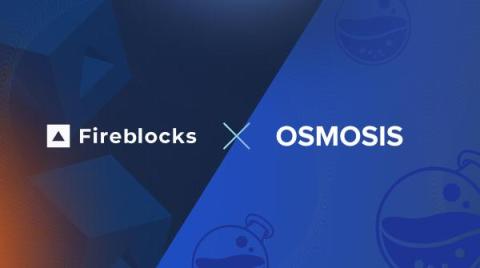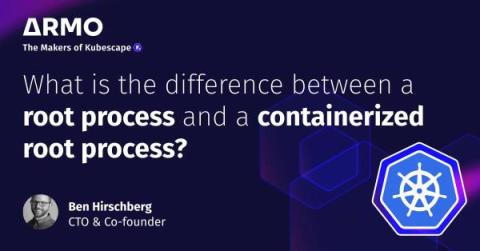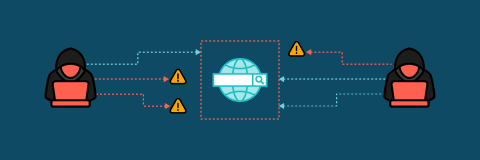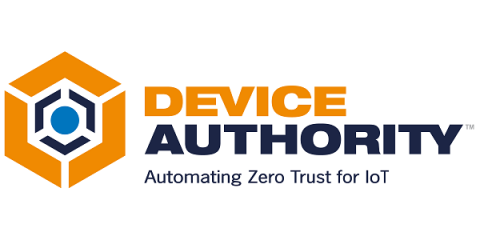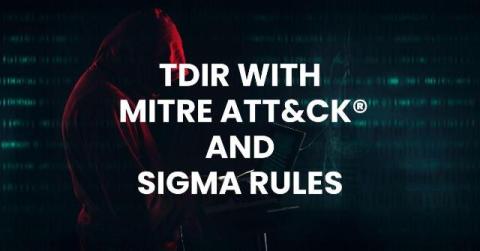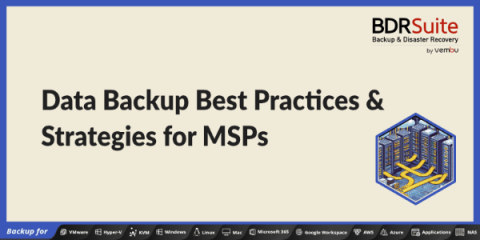EU Is Tightening Cybersecurity for Energy Providers
The energy sector is having a tumultuous decade. During the COVID pandemic, the price of oil plummeted. In 2021, a ransomware attack forced one of the US’s most significant oil pipelines to cease operations for five days, causing a state of emergency in seventeen states. Putin’s war in Ukraine has disrupted natural gas supplies across Europe. And now, it seems, it is the electricity providers’ turn to suffer a blow.




